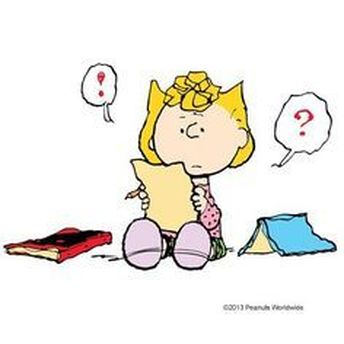|
It was wonderful to see our parents and children working together on math games this Thursday. We had a great turnout. The children sure had a lot of fun teaching their parents how to play "Think Addition" and "Make Ten." I hope you'll continue to play these games at home to reinforce the strategies. I really appreciate the positive and the honest feedback. Your concerns and suggestions will help us to improve in the future. I was a nervous reck speaking in front of hundreds of people! It's a great thing I did not make a career in public speaking, that's for sure, hahaha! Another sure thing...the children were amazing! They put on a wonderful performance for us all!
Here is a summary of what happened in our classroom: In Langauge Arts...
In science...
REMINDERS AND ANNOUCEMENTS
1 Comment
Kapolei Middle School Band and Choir sure put us in the Holiday spirit with a stellar performance this week. Festive and traditional holiday songs, along with a fun remix of "Do You Wanna Build a Snowman" & "Let it Go", got us all so excited! It was also a real treat to see our very own Vice Principal Mr. Agena, who use to work with Kapolei Middle School Band, conduct one of the songs for us. We also learned about some of the instruments and the ensemble of the band. The children were very interested. Who knows.. we might have some band members in our future!
Here is a summary of what happened in our classroom: In Langauge Arts...
In science...
REMINDERS AND ANNOUCEMENTS
Hawaii Theatre for Youth put on a very memorable production that the students enjoyed immensely! The story was written about an "Ordinary O`hana" and the many extraordinary things they do. The story helped us to remember the wonderful things we can do as families and to celebrate the values of connection and community! Students could relate to this multi-generational story. Don't forget to ask them about it!
Here is a summary of what happened in our classroom: In Langauge Arts...
In science...
REMINDERS AND ANNOUCEMENTS
|
Proudly powered by Weebly

 RSS Feed
RSS Feed